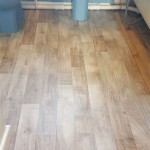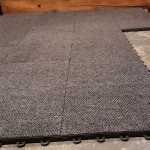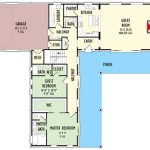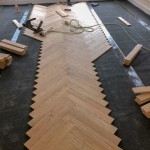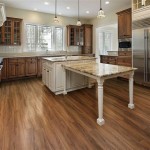Carpet To Hardwood Floor Transition
When two different flooring materials meet, such as carpet and hardwood, a transition is needed to create a smooth and visually appealing connection. Carpet to hardwood floor transitions come in a variety of materials and styles to complement different flooring and décor. The most common types of transitions include:
- T-molding: A T-shaped metal strip that is installed over the joint between the two flooring materials.
- Reducer: A flat metal strip that is installed over the joint between the two flooring materials, with a beveled edge that slopes down to the lower flooring.
- Threshold: A raised metal strip that is installed over the joint between the two flooring materials, creating a step up or down.
- End cap: A flat metal strip that is installed at the end of a hardwood floor, where it meets a carpeted area.
The type of transition that is best for a particular application will depend on the specific flooring materials being used, the height difference between the two flooring materials, and the desired aesthetic. In some cases, a combination of transitions may be necessary.
When choosing a transition, it is important to consider the following factors:
- Material: Transitions are available in a variety of materials, including metal, wood, and plastic. Metal transitions are the most durable and long-lasting, but they can also be more expensive. Wood transitions are a good choice for a more natural look, but they are not as durable as metal transitions. Plastic transitions are the least expensive option, but they are also the least durable.
- Finish: Transitions are available in a variety of finishes, including brushed, polished, and anodized. The finish should be chosen to complement the flooring materials and the décor of the room.
- Height: The height of the transition should be chosen to match the height difference between the two flooring materials. If the height difference is too great, the transition may be difficult to walk over.
- Style: Transitions come in a variety of styles, from traditional to contemporary. The style should be chosen to complement the flooring materials and the décor of the room.
Once the transition has been chosen, it is important to install it properly. The transition should be installed over a level subfloor and secured with nails or screws. The joint between the transition and the flooring materials should be sealed with caulk to prevent moisture from seeping in.
With proper installation and care, a carpet to hardwood floor transition can provide a smooth and visually appealing connection between two different flooring materials for many years to come.

Flooring Transitions Between Rooms 50floor

Transition Carpet To Hardwood Like A Blissfully Successful Flooring Installer

Stylish Wood Flooring Transitions For 2024 Forté

Transitioning Carpet To Any Floor With Zbar

Elevate Your Interior Design Transitioning From Wood Floor To Carpet Flooring And

Stylish Wood Flooring Transitions For 2024 Forté

Seamless Carpet To Hardwood Floor Transitions Sheekgeek

Stylish Wood Flooring Transitions For 2024 Forté

Solid Wood Carpet Trim Floor Moulding At Lowes Com

Pin Page



